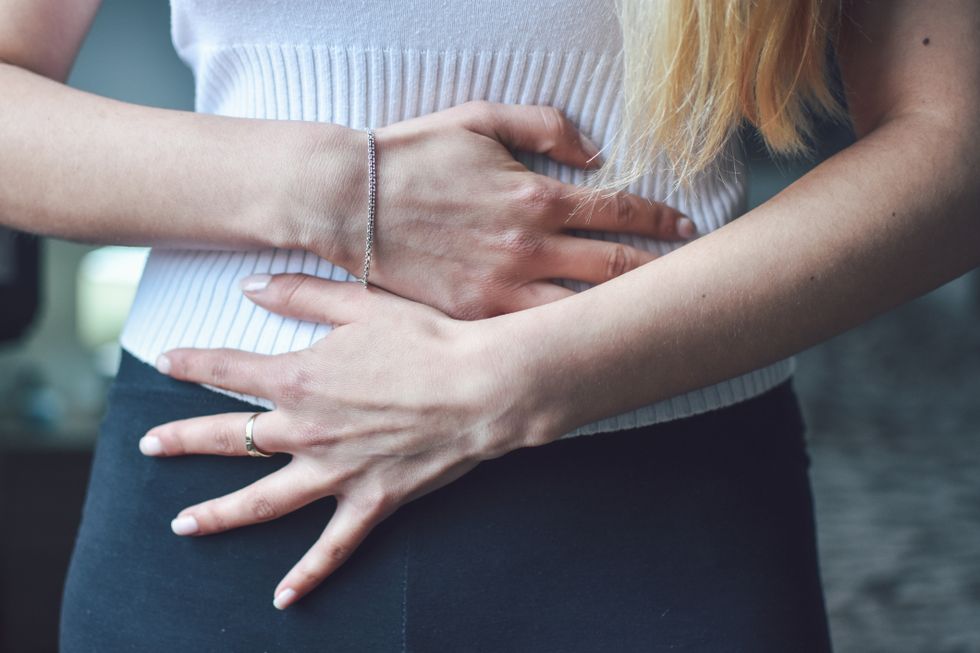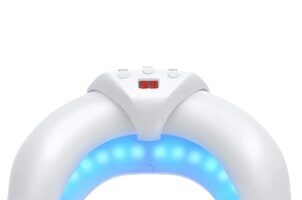With advancements in the medical world, now you can achieve a lot without having to undergo complicated procedures. Andrew Doe MD, Alate Health uses interventional radiology to perform various minimally invasive procedures. The technique involves using imaging for guidance while conducting minimally invasive procedures.
Dr. Doe uses state-of-the-art interventional radiology to diagnose and treat various health conditions, including varicose veins, uterine fibroids, pelvic congestion syndrome, and peripheral arterial disease. The interventional radiology treatments are less complicated, have shorter recovery times, and have better results than traditional procedures.
Call Alate Health today to schedule your treatment or book your appointment online.
Uterine fibroids are among one the conditions Dr. Doe treats using interventional radiology. He uses the highest-quality techniques to minimize your symptoms and improve your life quality. Continue reading to learn more about uterine fibroids.
What are uterine fibroids?
About 80% of women encounter uterine fibroids during their reproductive years. Some women do not show symptoms; however, some interfere with their daily life activities. Fibroids symptoms might be severe hence the need to seek medical care.
Uterine fibroids are fibrous tissue growths that develop in your uterus. There are four types of fibroids, including:
- Subserosal fibroids grow in the outermost uterine layer
- Intramural fibroids develop on the muscle wall uterine fibroids
- Submucosal fibroids grow within the innermost uterine lining
- Pedunculated are stalk-growing fibroids
Fibroids are noncancerous growths that vary in size. They also occur in clusters. They cause various issues, including heavy, painful bleeding and extended periods.
Fibroids mainly occur during the 30s to 50s and are rare after menopause.
What are the signs I have fibroids?
You may have fibroids and not show any symptoms. Some women notice they have fibroids during their wellness exams. However, fibroids cause different symptoms, such as;
- Painful periods
- Bloating
- Frequent feeling of pelvic pressure
- Pain during sex
- Periods over a week-long
- Backache
- Leg pain
- Anemia
- Constipation
- Fatigue
- Clotting
- Frequent urination or urinary incontinence
One of the most common symptoms with fibroids is having a heavy menstrual flow that may need to change pads or tampons every two hours.
Uterine fibroids also put you at risk of having a cesarean section when having your baby. In some cases, fibroids cause infertility.
Uterine fibroids have no definite cause, but some factors may lead to their occurrence, including:
- Hormones
- Genetics
- Age
- Ethnicity
- Weight
- Lifestyle
How does interventional radiology treat fibroids?
Your treatment plan depends on your specific symptoms and health concerns. Alate Health uses minimally invasive treatments to relieve fibroids symptoms without going to surgery.
Dr. Doe offers uterine fibroid embolization to shrink the fibroids. The procedure is FDA- approved; hence it’s safe and reliable.
Your provider makes an incision on your groin area to make access for the catheter. Then insert the catheter into the artery in your fibroids. Next, administer a dose of embolic agents to cut off the blood supply in the fibroids.
The fibroids begin to shrink and eventually wither due to a lack of blood supply.
Contact an interventional radiologist today.
Suppose fibroids interfere with your everyday living; it’s time to meet Dr. Doe at Alate Health for an effective diagnosis and treatment. Call the office today or schedule your appointment online.





